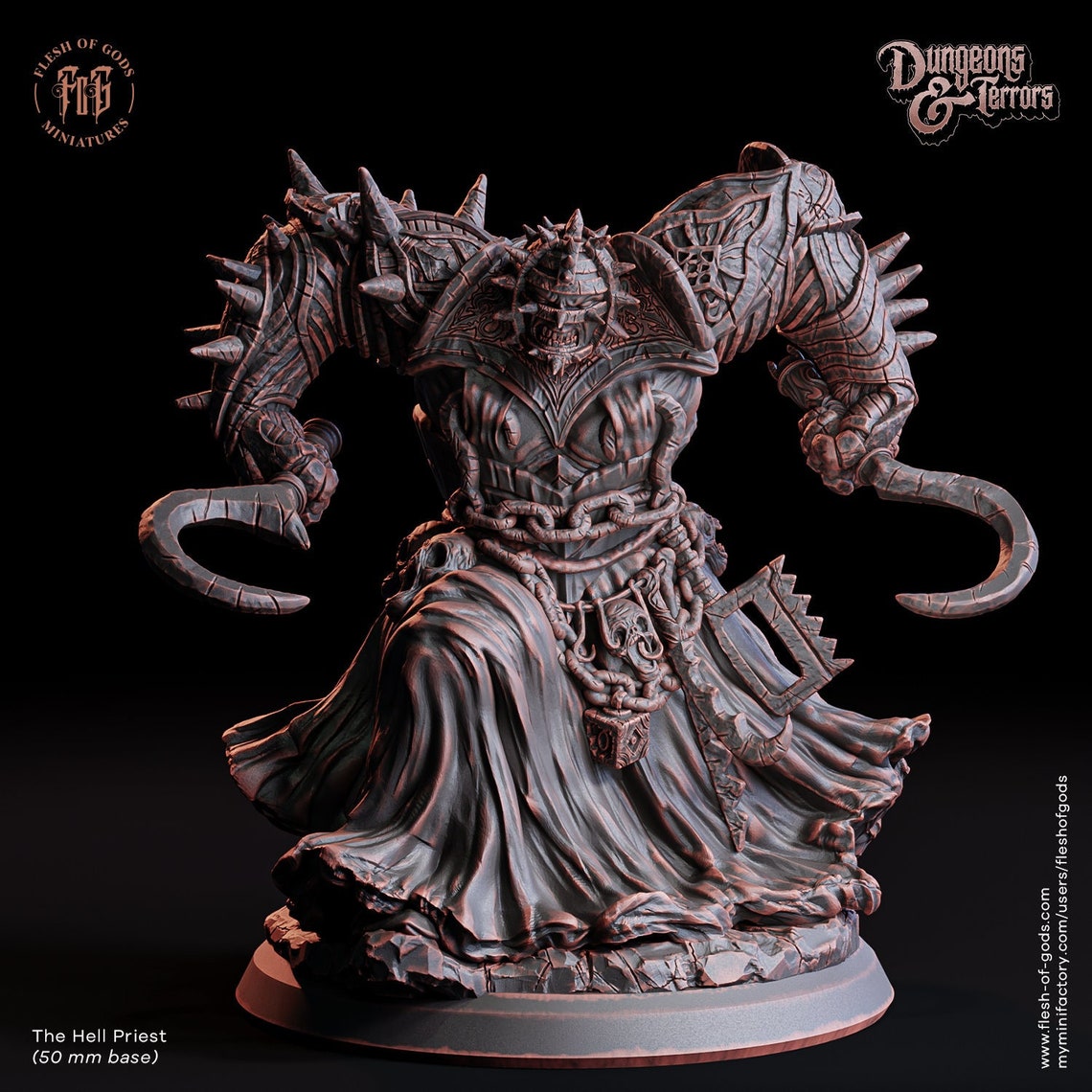

My indications are that Angband was largely a bigger version of Moria back then: 100 levels instead of 50, beat up Sauron and Morgoth at the end instead of a balrog. Some positions are fudged a little where I have no precise date.Īngband 1.0 (1990): The first version of Angband was derived from UMoria by Alex Cutler and Andy Astrand. It’s hard to see this zoomed out, but this is a timeline of the development of some prominent roguelikes from Moria to current Angband (4.2.4).

ANGBAND PRIEST GUIDE PC
Other variants of Moria include Morgul (1993), PC Moria (unknown years), and VMS Moria (1983-1985). It was updated until July 7, 1994, with one last gasp on by a different developer.ĪNGBAND was based on UMoria 5.2.1, and is where our story really begins. UMORIA () is a reimplementation of Moria in C. Moria was written in Pascal, a fine language that, sadly, isn’t nearly as popular as C. MORIA was created by Robert Koeneke in 1983, and may be the first true “roguelike” that wasn’t Rogue itself. Some of this will be familiar to people who have been reading on Angband so far, so I’ll keep it brief. Our previous articles on Angband are this general introduction, and this description of its features and early going. In this article, we follow along with the various changes that have been made since its origin, and in the end try to note the best version to play, for people interested (or not) in its various aspects. I have gone through all the pages and tried to render down the essence of each change, and what effect it had upon Angband. The Release section of the current Angband homepage goes into exacting detail over what was introduced when, but it’s a lot to sift through, and in terms of volume most changes are just bugfixes. It’s managed to keep going by changing ownership somewhat regularly, with each maintainer adding their own stamp to its play. There aren’t many open source games with its longevity. I hope it’ll make up for all the time I had to spend building this one.Īngband has a long and somewhat convoluted history.

That should be a lot of fun, and I’m looking forward to it. But there’s a purpose to this: after knowing where Angband’s been, it’ll help us when, next time, we finally look at its huge number of variants. That’s especially the case this time, which is a dive into the history of Angband. ‘ is a frequently-appearing column which discusses the history, present, and future of the roguelike dungeon exploring genre.īack in the GameSetWatch era, I focused more on a general kind of audience for No, really! I notice that I’ve gotten a fair bit more detailed so far in the Set Side B era.


 0 kommentar(er)
0 kommentar(er)
